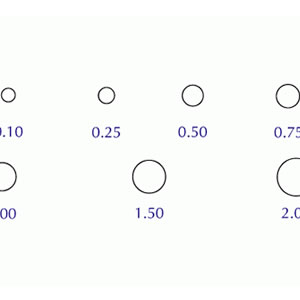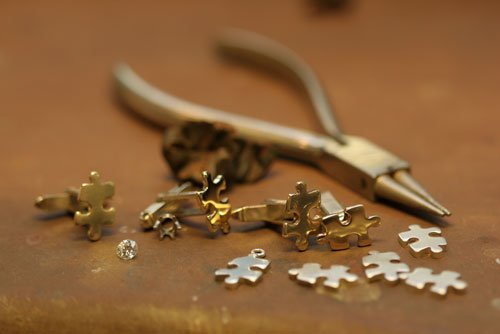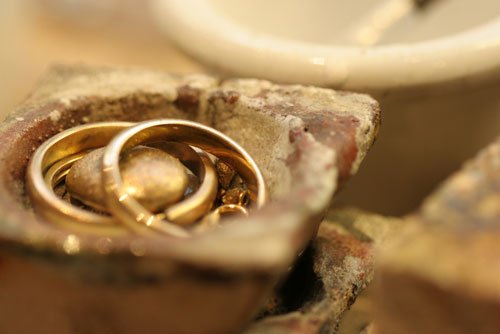Diamond Education
The 4C's

Carat
Carat is simply the weight of the gemstone. 1.0 carat is the same as 0.2g ,and gems can easily be weighed on scales.
When a gem is set an estimation as to the diamond's weight is calculated by using measurements of the diamond.
Colour
The diamond Crystal comes out of the ground in all colours. Diamonds are more rare when they have no tint of yellow or brown.
The D-Z scale shows us how rare and valuable the diamonds is.
Clarity
Clarity measures the visibility of natures inclusions in the diamond.
For a diamond to have fewer inclusions it adds a premium to the value. Each diamond is unique and so are its inclusions. This scale is used to grade clarity.
Cut
The part that the skill of man plays to release the beauty within the diamond crystal.
You fall in love with a diamond because of its cut, sparkle and fire.
Certification

By choosing a certificated diamond you are sure of the grade of your diamond and hence its value.
More importantly it gives you the chance to personally choose the perfect diamond for you and create the perfect piece.
The most respected gemmological labs are gemmological Institute of America (G.I.A), (H.R.D) High diamond council and International Gemmological Institute (I.G.I).
Precious Metals
Yellow Gold
Most often used as 18kt gold for diamond set jewellery.
White Gold
White Gold is alloyed with white metals such as silver and palladium to give it a white look.
However it needs to be coated with rhodium to bring out a bright white colour. This can need replating every 6 month to 1 year, especially for rings.
Platinum
A naturally white precious metal that will always show a diamond off beautifully.
It is harder wearing than gold and heavier.
Palladium
Another naturally white precious metal that has similar properties to platinum. It is ametal that can be worked in the traditional way by a goldsmith in the Bench and it is recognised by Hallmarking. It has another advantage that it is not as expensive as platinum, it is just not a s well known.
10 Facts about Diamonds
- Diamonds are almost 100% pure carbon. It requires extreme pressure and temperatures around 1,600Cº
- Diamonds formed at depths of 140-200 kilometres from the earths surface.
- At least 1 tonne of earth has to be mined to find four carats (0.8 grammes) of diamond.
- Only 20 % of diamonds mined are gem quality, the other 80% are used for industrial purposes.
- The largest diamond producing countries are Australia by volume and Botswana by value.
- The only mineral that can cut diamond is diamond – however now days lasers can be used in some of the cutting process.
- The Eureka diamond (10.73 carats) is of extraordinary historical importance as it was the first officially recorded diamond on the African continent in 1866.
- The rarest naturally occurring colour of diamond is red as only 10 have been discovered so far.
- The world’s smallest brilliant cut diamond weighs only 0.0006 carats. The microscopically small diamond has 58 facets – the same as most brilliant cut diamonds.
- The Cullinan 1 is the centrepiece of the sceptre from the British crown jewels. It was cut from the largest rough diamond discovered weighing 3,106 carats.





